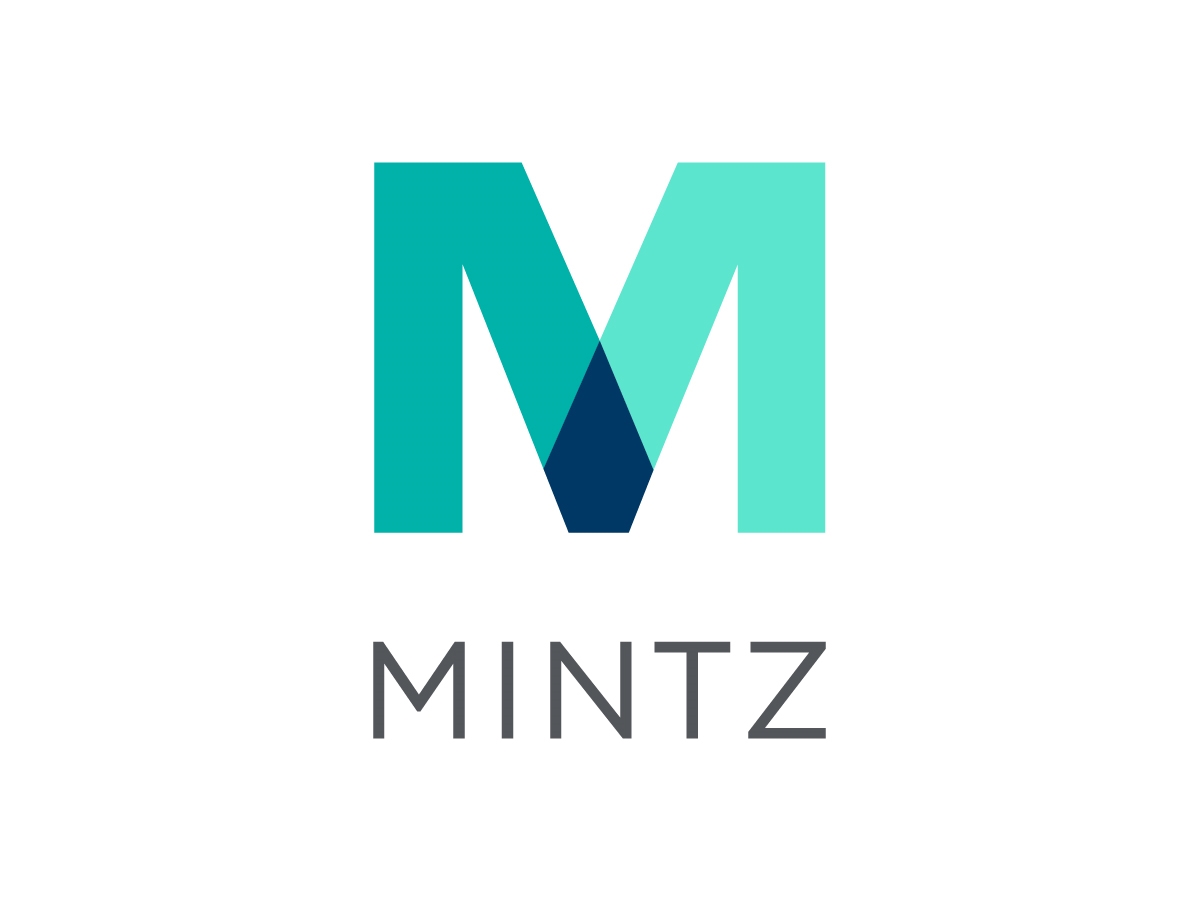Clinical Trials: Consent Process Clarified in New FDA Final Guidance
The U.S. Food & Drug Administration (FDA) issued final guidance (Final Guidance) regarding informed consent titled “Informed Consent: Guidance for Institutional Review Boards, Clinical Investigators, and Sponsors” on August 15, 2023. This guidance supersedes the FDA’s 1998 guidance titled “A Guide to Informed Consent” and finalizes the FDA’s draft guidance issued in July 2014. The non-binding final guidance represents the FDA’s current thinking on the process and necessary elements of informed consent in the context of clinical trials.
Actions to Take Now: IRBs, investigators, and sponsors should take note of this important guidance and ensure these standards are implemented in the conduct of clinical trials.
When (and Why) is Consent Required?
Unless an Institutional Review Board (IRB) makes an exception by waiving the requirement, every individual participating in an FDA-regulated research study must provide informed consent. The informed consent process remains an ongoing obligation of the clinical investigator, sponsor, and IRB that requires careful consideration for the unique needs of the research study and the subject population.
In its Final Guidance, the FDA states that the process to obtain informed consent should involve more than a study subject’s signature on a form. The FDA concludes that informed consent requires facilitating the prospective study subject’s understanding of the information included in the consent, providing the prospective study subject adequate opportunity to ask questions and to consider whether to participate, obtaining the prospective study subject’s voluntary agreement to participate prior to enrollment in the study, and continuing to provide information as the clinical investigation progresses or as the enrolled study subject or situation requires. The Final Guidance provides recommendations for complying with this ongoing obligation to both obtain and maintain adequate consent when conducting research involving humans.
What Does the Final Guidance Add?
Specifically, the Final Guidance provides instruction on the general requirements and specific elements of informed consent to help IRBs, clinical investigators, and sponsors comply with their responsibilities during clinical investigations.
Expanded FAQs. The Final Guidance further discusses the role the different actors play in the informed consent process and provides an expanded FAQ section to address a variety of questions ranging from enrollment considerations for vulnerable subject populations (e.g., children or study subjects with physical or sensory disabilities) to considerations regarding whether a study subject should be informed of aggregate study results at the completion of a clinical trial.
Payments to Participants. The Final Guidance differs in several ways from the previously issued draft guidance document. For example, the final guidance expands and clarifies FDA’s current thinking on the subject of coercion and undue influence and provides examples of what to watch out for when paying research participants. Specifically, the FDA “does not consider reimbursement for reasonable travel expenses to and from the clinical trial site (e.g., airfare, gas, tolls), and associated costs such as parking and lodging, to raise issues related to coercion and undue influence” and remuneration for other expenses may be considered on a “case-by-case basis” as long as the payment for participation in research is “just and fair.”
Disclosure of Financial Arrangements. In addition, the FDA addresses whether certain financial arrangements should be disclosed in informed consent materials. The FDA clarifies that the IRB maintains the final say on what to disclose. Specifically, the IRB holds the “responsibility of determining whether subjects should be provided with information regarding the source of funding, funding arrangement, or financial interests of parties involved in the clinical investigations as part of the informed consent process.” The U.S. Department of Health and Human Services’ (DHHS) similarly recommended that the IRB determine the level of financial interest information to disclose to prospective study subjects in 2004.
Harmonization with the Common Rule. Notably, the FDA states that the final guidance may be further revised to ensure this new guidance harmonizes with the revised DHHS Federal Policy for Protection of Human Subjects (2018 Common Rule), which we discuss here. The 2018 Common Rule made significant changes to the provisions regarding informed consent and the FDA has been engaged in notice and comment rulemaking to harmonize its guidance with this regulation and other statutory requirements. The FDA reserves the right to further revise its guidance in the future to reflect these efforts.
The Final Guidance reflect the current standards of informed consent and the FDA’s ongoing effort to modernize these standards given new technologies, laws and regulations.
Foley is here to help you address the short- and long-term impacts in the wake of regulatory changes. We have the resources to help you navigate these and other important legal considerations related to business operations and industry-specific issues. Please reach out to the authors, your Foley relationship partner, or to our Health Care Practice Group with any questions.






